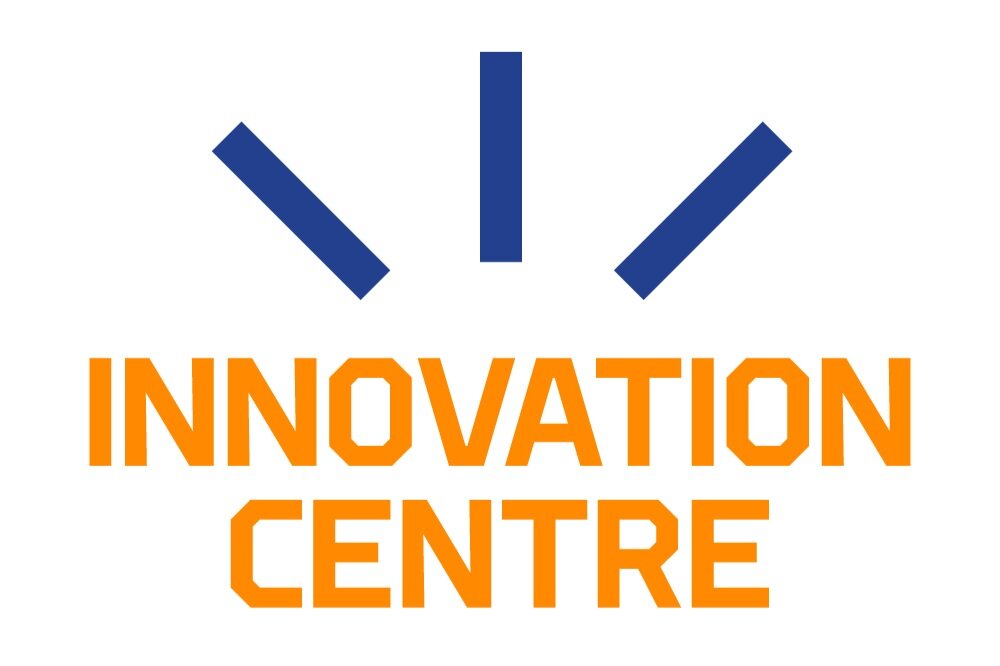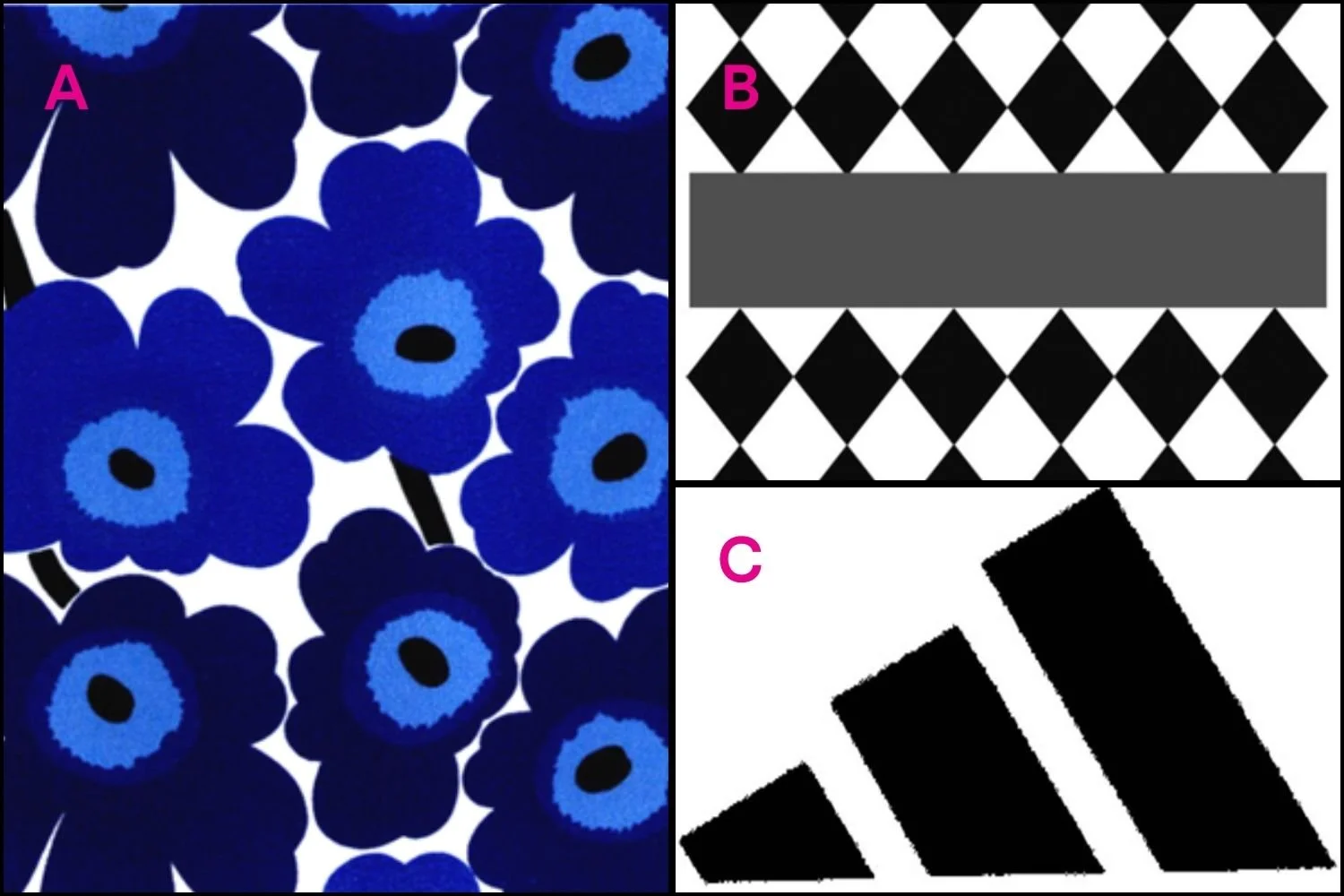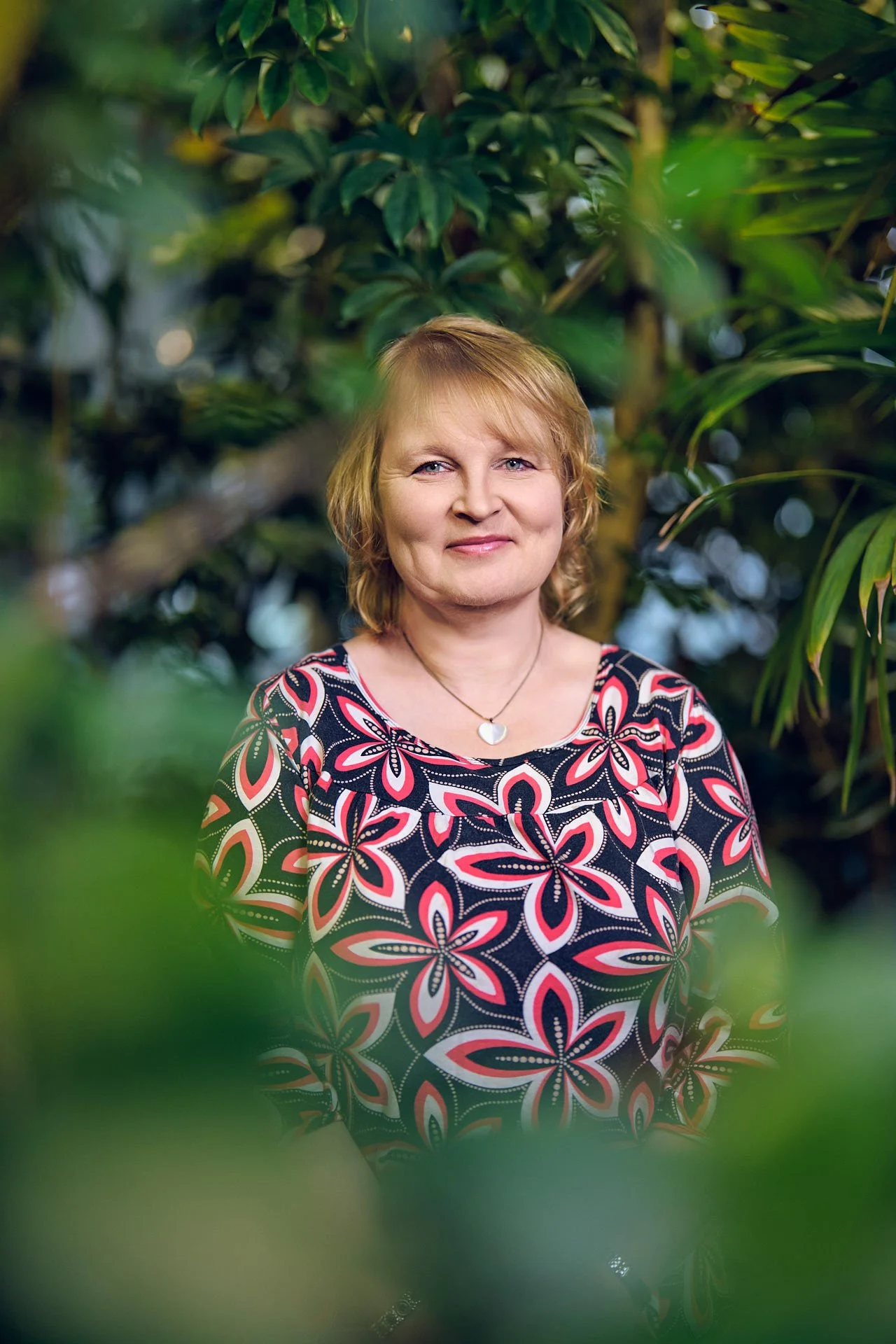Navigating Intellectual Property Rights as a crafting enthusiast
The Lumikatti wool socks are the author’s own design and are crafted under the name @sukkatohtori.
Are you passionate about crafting? Do you sew clothing from Marimekko fabrics or knit socks adorned with familiar designs like Unikko, Karhu, or Pätkis? For many, crafting is not just a beloved hobby but a creative outlet. However, it’s essential to understand when you need permission and when you’re free to use patterns and instructions, as these may be protected by intellectual property rights.
Many well-known patterns and logos are safeguarded by copyrights, trademarks, or even design rights. Copyright protection arises automatically if a creation (like a fabric pattern or sock design) is sufficiently original. A common way to evaluate this is to ask: would another designer independently come up with the same result? Trademarks and design protections, on the other hand, are rights that must be applied for through official channels.
As a general rule of thumb: crafting for personal use or as a gift is nearly always fine. But when you start selling handmade items, it’s crucial to understand the role of intellectual property rights.
What should sewists know?
When you buy Marimekko fabric, you can use it to sew clothing or create home decor items. You’re also free to repurpose old Marimekko products into something new, like pillowcases. You can even hire a tailor to make something from the fabric you purchased.
However, while you own the fabric or item, the original design remains protected by copyright. For example, the iconic Unikko (Poppy) pattern by Marimekko is still under copyright protection. This means you cannot sell items you’ve made from Marimekko fabrics — whether at fairs, flea markets, or online — without the company’s explicit permission.
But what if you want to part ways with a piece of clothing or decor you’ve crafted from Marimekko fabric? This question gained attention last fall when Marimekko prohibited the sale of a handmade item made from their fabric on Tori.fi (a Finnish online marketplace). Marimekko’s stance is that selling such items — whether as a one-off or as part of a larger business — is not allowed. Even the condition of the item, whether new or used, makes no difference. According to the company, items sewn from their fabric must always be donated, not sold.
Intellectual property concerns can also arise if you use copyrighted materials like photographs, song lyrics, or illustrations to create items like postcards, posters, or wall art for sale.
Using craft patterns
Most crafting patterns fall outside the scope of copyright because copyright does not protect information itself. Common patterns like cables, ribbing, or stripes usually don’t meet the originality threshold for copyright protection. For example, you can sell items knitted from a simple hat pattern created by someone else.
However, if a pattern is particularly unique, it might qualify for copyright protection. In such cases, copying or commercially exploiting it without permission would violate copyright law. Additionally, taking a photo of a pattern from a magazine or book and sharing it on social media is prohibited. Crafting books, magazines, and websites often specify that products made from their patterns cannot be sold for commercial purposes.
But what counts as commercial use? Does it mean a complete ban, or is it okay to sell a few pairs of socks per year? Copyright law doesn’t offer a definitive answer. Technically, the owner of the copyright or trademark can object to even a single sale, so it’s wise to choose your patterns carefully.
Extra protection through trademarks
Many famous logos are protected not just by copyright but also by trademarks. You’re allowed to use these logos in crafts for personal use or as gifts, but selling such items without permission is prohibited. The purpose of a trademark is to help consumers distinguish between different products and services. If a product features a recognizable logo, buyers might mistakenly believe it’s an official product from the logo’s owner. This confusion is often exploited by counterfeit producers.
Many familiar patterns or logos are protected by trademarks. A) Trademark 006990063 Marimekko, B) Trademark 007326432 Oy Karl Fazer Oy, C) Trademark 005271572 Adidas International Marketing B.V. These trademarks are valid within the EU. Trademarks can be searched in trademark databases: EU-wide trademarks and design rights and Finnish trademarks.
Trademark owners are responsible for monitoring how their trademarks are used and can demand compensation for unauthorized use. Violations of copyright laws can result in fines in minor cases, while more serious offenses may lead to up to two years of imprisonment. Unauthorized use of a trademark can lead to charges of trademark infringement or industrial property crimes.
If you want to sell items featuring copyrighted, trademarked, or design-protected icons or logos, you need permission from the rights holder. This usually means obtaining a paid license.
Copyright grants the creator the exclusive right to decide how their work is used. Others cannot use the work without the creator's permission. Copyright protects only the personal expression of the work, not the idea, content, or theory behind it.
Trademark is a mark that connects goods or services to their producer or provider. A trademark can be:
A word (e.g., company or product name)
A design (e.g., company logo)
A slogan or
A combination of these
Design Right protects the appearance of a product. It can be applied for to protect, for example:
Fabric or wallpaper patterns
Icons
Logos
Product designs (e.g., a lampshade or car dashboard)
Buildings
Maarit Jokela
Intellectual Property Rights expert
Innovation Centre, University of Oulu




